Film focusing on family love and traditional culture wins acclaim both at home and overseas, Cheng Yuezhu reports.
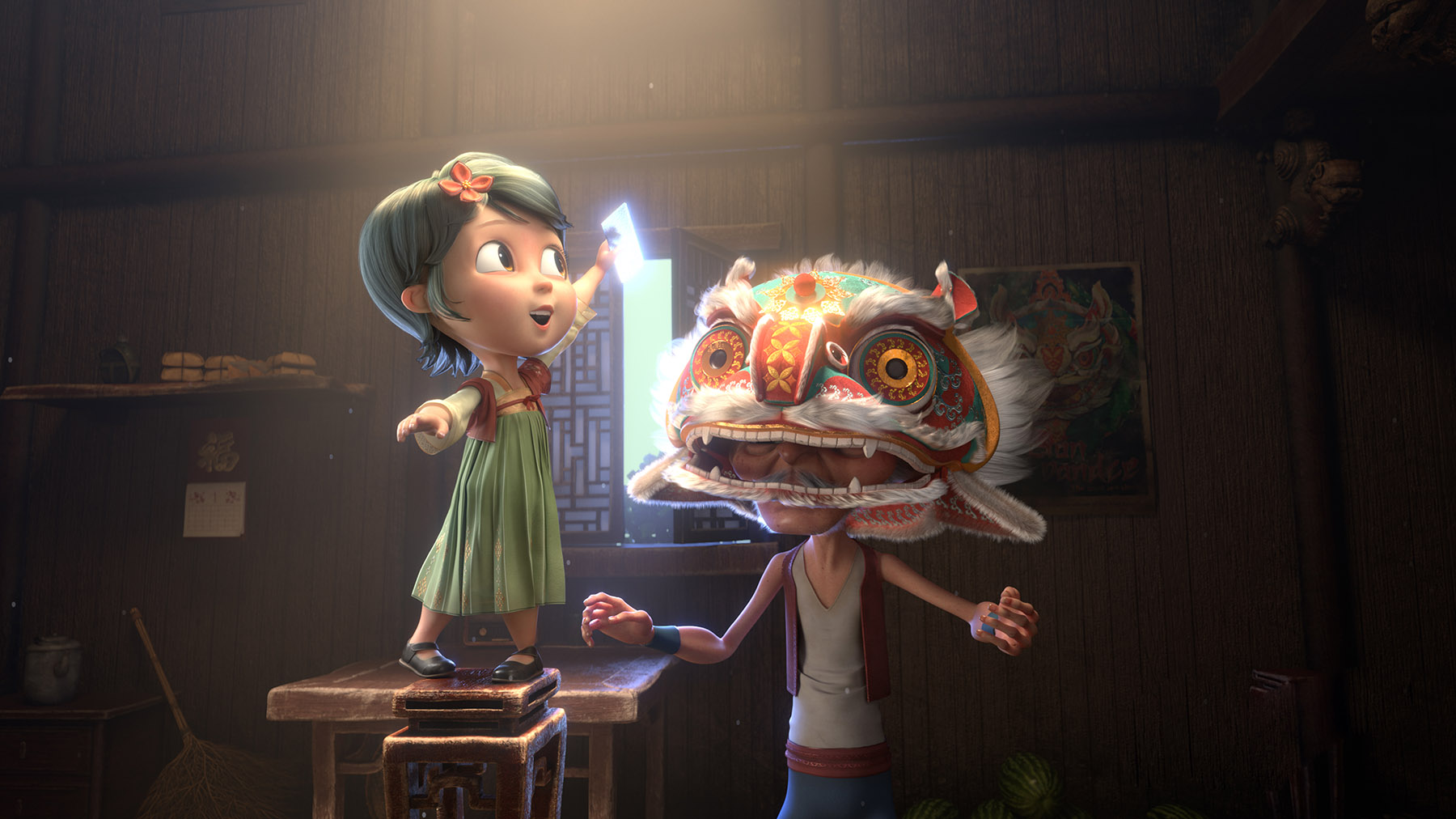
A grandfather skilled at lion dancing, a granddaughter with a passion for ballet — drawing on the universal dilemma of the generation gap — animation artist Yang Zhike and her team have brought a short fantasy animation film to life that weaves a spell of family love and cultural heritage.
Renai Dance unfolds with heartwarming moments between the grandfather and his granddaughter Bella, with the grandfather performing spectacular lion dance movements so that Bella eats her vegetables.
As she grows up and leaves home to pursue ballet, she returns only to find that her grandfather has passed away. Overwhelmed by grief, she nearly falls down a stairway, but a miracle occurs. Her grandfather's spirit comes to her rescue, and the two embark on a reunion.
With Yang as creative director, Wu Wenjie as technical director and Chang Han-chen as creative producer, the 3D animation won the 2024 Golden A'Design Award in Movie, Video and Animation Design. On July 18, Yang attended the international design award's gala ceremony in Como, Italy.
"The title is derived from 'Renaissance'," Yang says. "It represents two layers of meaning, not only that the little girl carries on her grandfather's spirit, but also the rejuvenation of traditional culture, injecting it with new vitality, and passing it down for future generations."
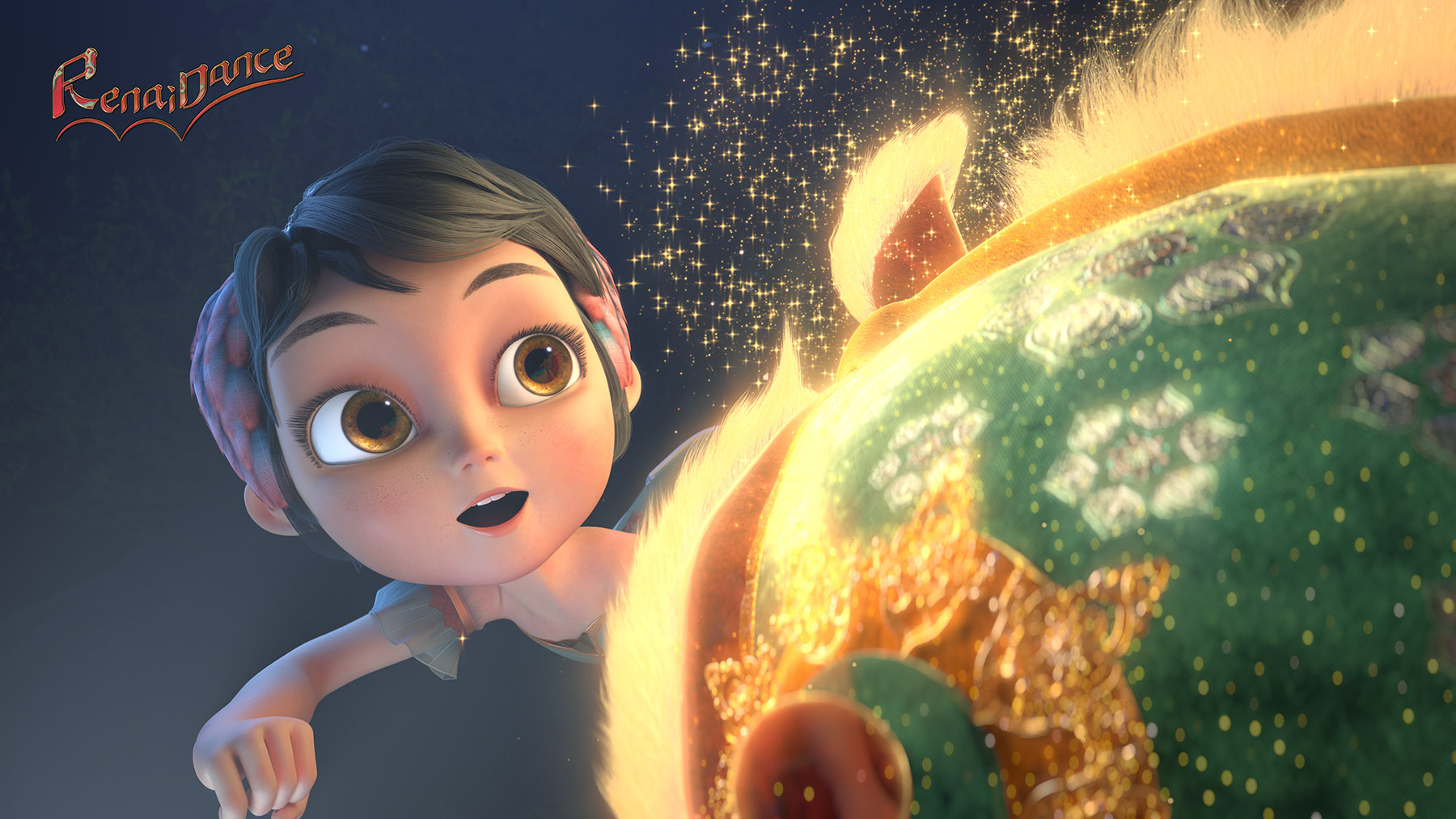
Born in 1995 in Changsha, Hunan province, Yang earned a bachelor's degree in visual design from Jiangnan University, but she has always been fascinated by animation. She sees it as a useful medium for visualizing futuristic or imaginative concepts that transcend the boundaries of reality and give people a glimpse into the future.
After graduating, she spent two years working in post-production at an animation company, but the experience did not fulfill her creative aspirations.
"There are stories I'd like to tell, emotions I'd like to share with others, and cultural elements I'd like to highlight. Post-production alone would not allow me to achieve these goals, so I thought that I should find opportunities to lead projects myself," Yang says.
"I wanted to create work that embodies shared emotions and resonates with the audience, while also incorporating elements unique to Chinese culture, that might leave an impression or spark an interest in viewers who aren't familiar with it."
In 2018, she enrolled in the Master of Fine Arts in Computer Arts program at the School of Visual Arts in New York, specializing in 3D animation. There, she met the other two members of her core creative team, and in 2019, the trio embarked on the project.
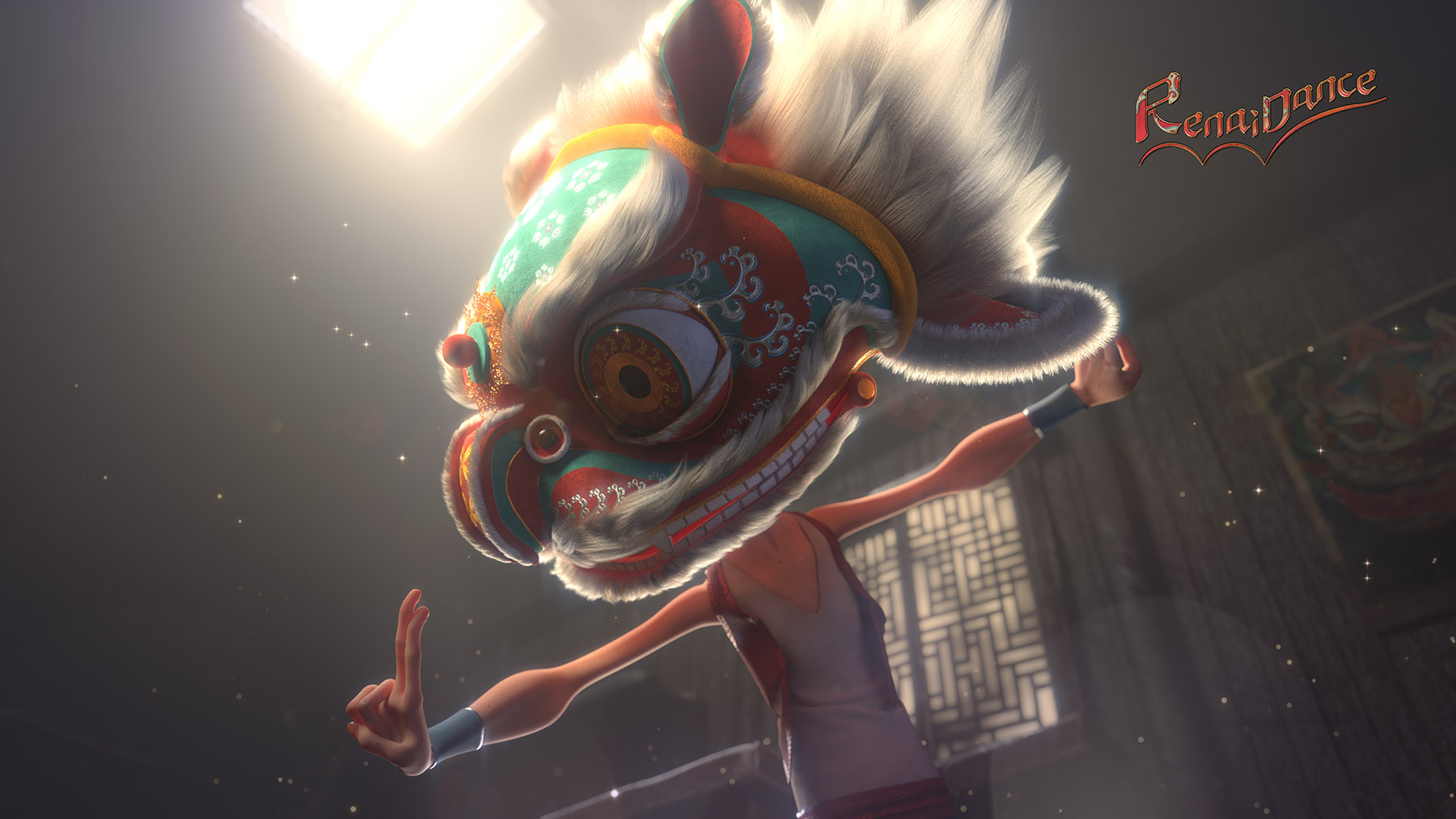
The setting for the story is inspired by childhood experiences common to many young Chinese, like visiting grandparents in the countryside during summer or winter vacations. Yang says that during her own visits, she was often able to see folk customs or traditional cultural elements that have become rare sights in cities.
"I feel that they are still vibrant. Since videos can be watched repeatedly, I think it's a great way to record fading cultural traditions, or represent them in a new light," she says.
The team chose to blend lion dance and ballet. Both are a means of physical expression, despite their different cultural contexts. While the two performing genres represent different aesthetics, Yang finds commonalities. For example, both involve collaboration with other dancers.
In lion dancing, a lion is typically played by two performers, who manipulate the head and tail respectively, while the pas de deux in ballet also requires two dancers to work closely together.
"These movements in both genres, such as when one dancer lifts up the other, rely heavily on trust and coordination between the partners," she says.
In the short film, when the dead grandfather reappears with his old lion head prop, he picks up his granddaughter and the two of them leap in sync with each other, but using different leg postures.
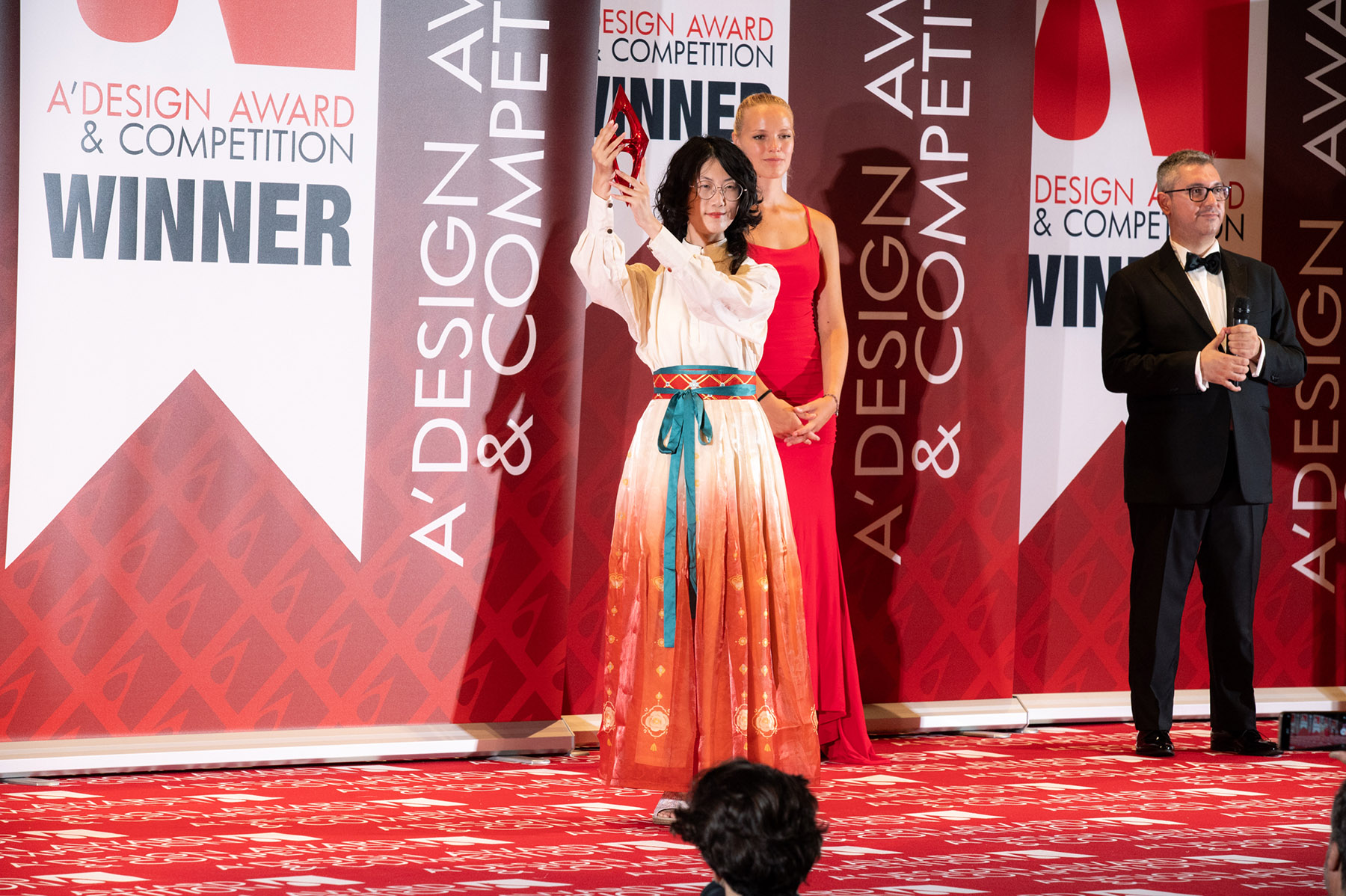
Due to time restraints, the animation only explores the echo between the two genres briefly in this one scene. Yang says that if the production could have been extended, the scene would be a perfect way to demonstrate the harmony between different dances and different cultures.
The three-minute animation took the team a year and a half to make. Since it was uploaded in 2021 onto video-streaming site Bilibili, it has received overwhelming acclaim from the viewers.
"I really welled up at the end. The grandfather reappears to save his granddaughter, but that leap at the end also represents the inheritance of culture," according to one of the top comments.
Many comments also commended the team's efforts to present authentic Chinese culture. Yang says that she has had an innate fascination for traditional culture from a young age, and this passion drove her to deepen her understanding.
"With young people maturing and bringing their own strengths to the table, it is natural that so many individuals from diverse backgrounds who are interested in traditional culture consider using their skills to promote China's cultural treasures," she says.
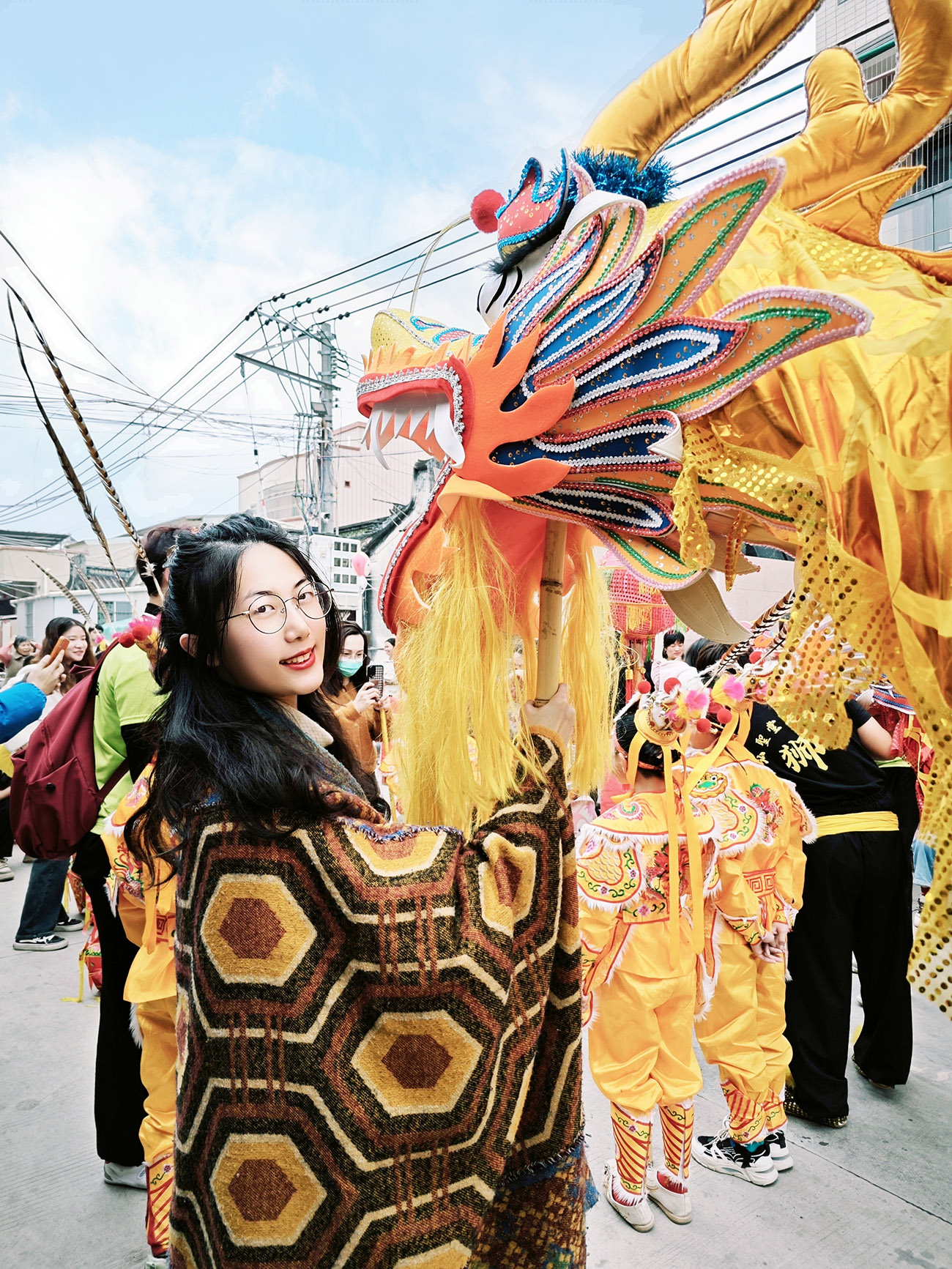
Over the past few years, the short film has been screened in countries, including the United Kingdom and France, and has been nominated for many international awards.
Yang says that it is essential to identify common themes and shared values, such as love, family and friendship, to create an animated film that is able to resonate internationally. Revolving around shared values, unique cultural elements can be incorporated to enhance its visual and emotional appeal.
"The sheer brilliance and depth in Renai Dance is a testament to the power of animation in bridging generational and cultural divides," Giulia Esposito, an Italian journalist based in Milan, writes on the A' Design Award's official site.
"This film not only celebrates the legacy of past generations but also inspires the pursuit of dreams with courage and support. The commitment of the team, under the guidance and creative vision of Yang and Wu, to bring this emotionally charged and culturally rich narrative to life, despite the constraints of time and budget, is indeed worthy of recognition and admiration."
Contact the writer at chengyuezhu@chinadaily.com.cn


